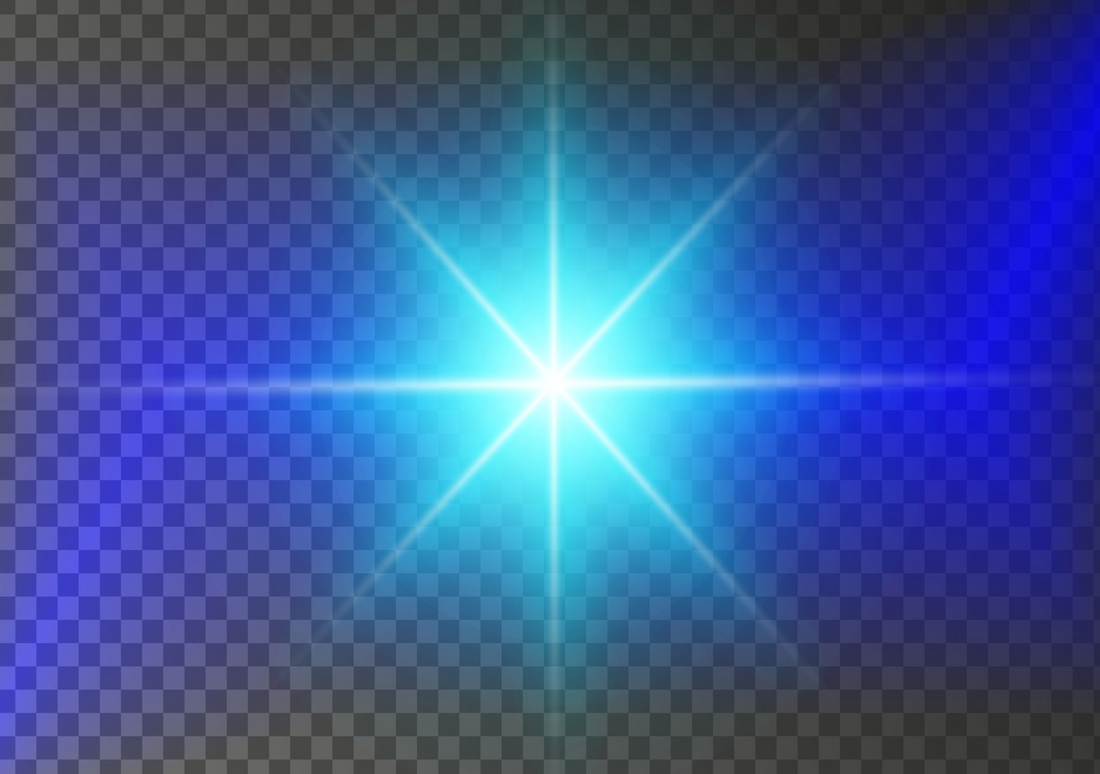The term strobing may remind some of us, of a certain age, of school discos, tacky night clubs and the hope that no one in the vicinity suffers from photo-sensitive epilepsy. However, this is not an advocacy of such nostalgia inducing devices, this blog intends to outline the advantages, and disadvantages of strobing your illumination as opposed to steady light operation, sometimes strobing is absolutely necessary, other times it is completely out of the question.
What is a strobe?
A strobe is merely a flash of light, exactly like a flash on a camera funnily enough, and we’re all familiar with said flash happening at the time the image is captured to give a bright subject, but is there anything else that can be done with a flash of light? Why do you need the hassle of setting up such a system when you can just have the light on continuously?
Strobing Pros:
The first reason to use a flash in photography was to release a lot of light energy very quickly. The speed of the release is important here, anyone who has studied physics at school or higher will know that Power = Energy/ time, hence if that same amount of energy were to be released slower, the power of the light, and hence its brightness, would be lessened.
As a general rule, more light makes things easier in machine vision imaging. If the only problem is your sensor being flooded with light, raising the f/ number will reduce the amount of light incident on the sensor, and the only other effect this has is increasing your depth of field, which is seldom a bad thing.
So as it makes sense to have as bright a light as we can (as a general rule), and one way to increase brightness is to use a flash of light rather than to have your light(s) on continuously, it becomes obvious that strobing has a distinct advantage over continuous lighting with regard to how bright one can go with their lights.
It is worth noting here that the difference between brightness achievable by lights in continuous operation and strobing mode will vary between lighting methods, manufacturer, strobing method, triggering method etc.
Strobing Cons:
If you are building a setup with lighting on a budget, would you really want to spend the extra money on a triggerable light capable of handling the increased current loads of a strobe, not to mention the fact that you will need a camera to have internal and external triggering capabilities, a lighting controller may also needed, and then of course there is the hassle of setting all this triggering up, taking latencies into account, getting the timing perfect (if your frames need to be timed). If all you want is a bit more light, and a simple light will do the trick for you, then strobing is excessive, to say the least.
Leaving budget aside, for many machine vision applications, a frame capture rate of anywhere between 5 and 30Hz is not uncommon. There are certain applications that require much higher frame rates and ones which require lower ones, but 5-30 will encompass a considerable amount of applications.
The reason I mention 5-30Hz is, unfortunately, this range of frequencies of flashing lights can, in a very few unfortunate people, be known to trigger epileptic seizures: https://www.epilepsy.com/what-is-epilepsy/seizure-triggers/photosensitivity.
Most of us would regard seeing a light flicker at some point in this range as “trippy”, some of us even downright unpleasant to watch, not exactly the type of work environment you want to work in, or create for your employees.
To strobe or not to strobe?
As with many things, the relative advantages and disadvantages of strobing need to be considered on a case-by-case basis.
We provide a full range of machine vision light sources with strobing capability.
For more details, get in touch to discuss your specific needs.

